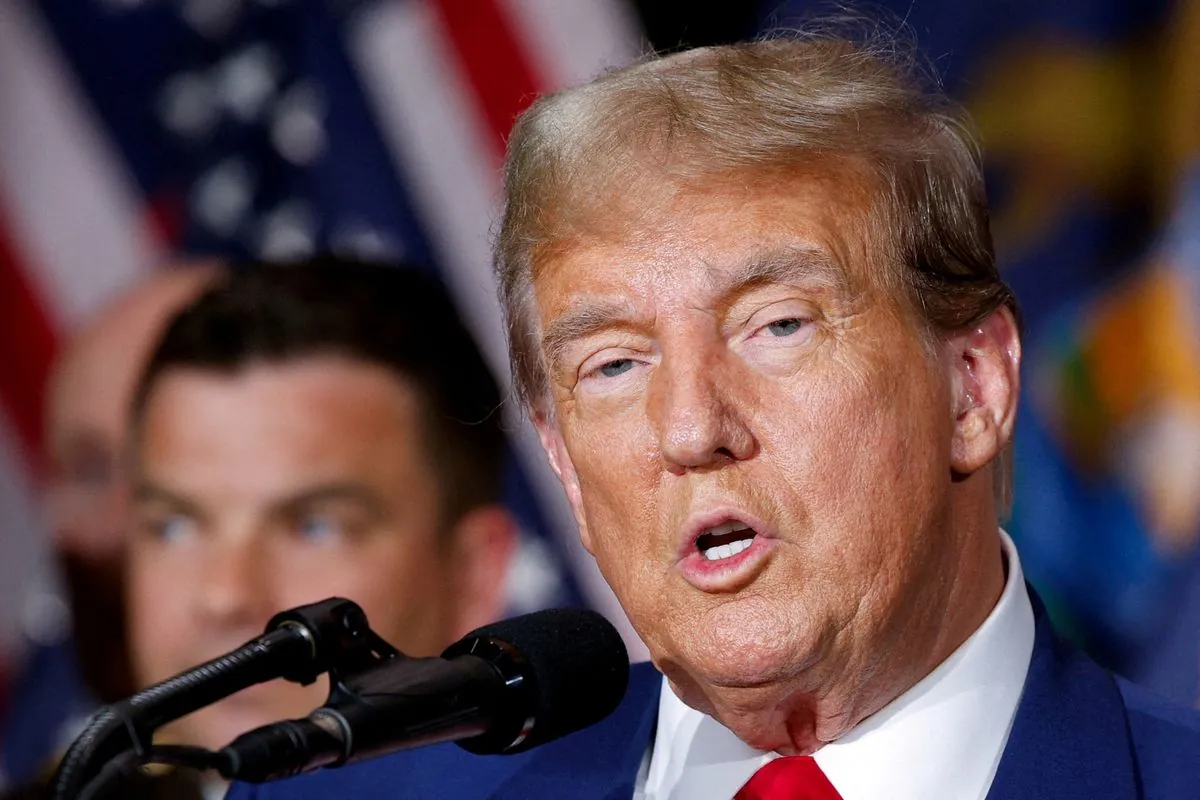Trump Campaign Targets Young Male Voters in Race Against Harris
Trump's team adapts strategy for contest against Kamala Harris, focusing on younger male voters and economic issues. Campaign emphasizes non-traditional outreach and ground game in battleground states.

In the aftermath of Joe Biden's unexpected withdrawal from the presidential race, Donald Trump's campaign is recalibrating its approach for the upcoming contest against Kamala Harris. With the election scheduled for November 5, 2024, less than three months away, the Republican team is honing in on a specific demographic they believe could tip the scales: younger male voters.
The Trump campaign's strategy revolves around reaching this target audience through unconventional channels. Campaign pollster Tony Fabrizio emphasized the importance of engaging with media that resonates with this group, such as Mixed Martial Arts (MMA) content and popular internet personalities like Adin Ross. This approach reflects the evolving landscape of political outreach, where traditional media channels are increasingly bypassed in favor of digital platforms and niche content creators.

Economic concerns remain at the forefront of the campaign's messaging. The team is banking on widespread dissatisfaction with the current economic situation to sway voters. They aim to portray Harris as a continuation of unpopular policies, attempting to frame her as an incumbent rather than a harbinger of change.
"The honeymoon period's gonna end. Let me tell you: We have the enthusiasm."
The ground game is another crucial aspect of the Trump campaign's strategy. They report having staff in 18 states, including some traditionally Democratic-leaning areas like Virginia. The campaign is also leveraging a volunteer-based model, dubbed "Trump Force 47," which focuses on targeting low- and medium-propensity voters through various outreach methods.
However, the Harris campaign is not standing idle. They claim to have amassed a significant volunteer force, with 200,000 individuals joining in the first two weeks of her candidacy. The Democratic team also boasts a larger paid staff and more field offices across the country.
Fundraising remains a point of contention, with Harris's campaign reporting a substantial lead in both funds raised and cash on hand. Despite this disparity, Trump's team maintains they have sufficient resources to execute their strategy effectively.
As the race intensifies, both campaigns are likely to increase their focus on battleground states, where the electoral outcome often hinges on razor-thin margins. The use of data analytics to target specific voter demographics will undoubtedly play a crucial role in these efforts.
With the election drawing near, the American public can expect an intensification of campaign activities, including potential presidential debates and increased advertising across various media platforms. As both candidates vie for the presidency, the coming months will undoubtedly see a fierce contest for the hearts and minds of the American electorate.


































